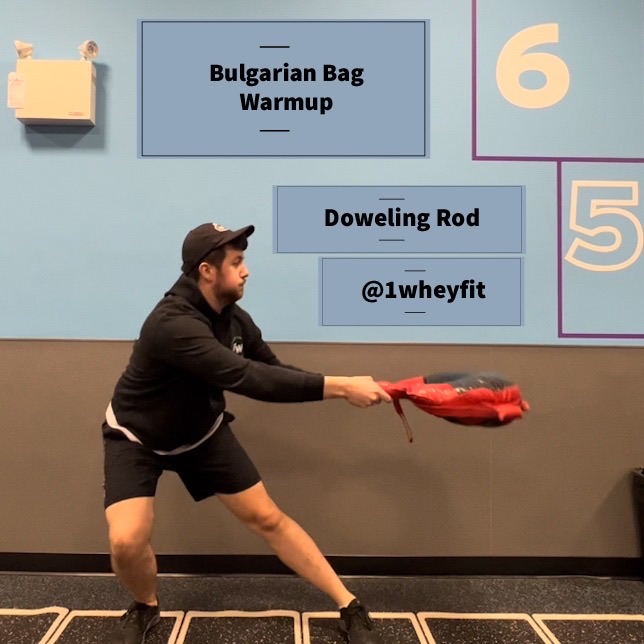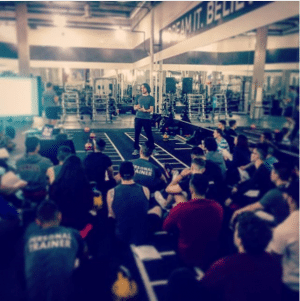With the rise in child hood obesity more and more funding is going towards making parents aware of the sedentary nature their kids are participating in. A lot has changed since some of us have grown up. Kids are spending more time sitting on computers than they are moving around. On average, screen time (i.e. TV, phone, iPad and computer) hours actually outnumber the hours of sleep a child will get. Along with this sometimes individuals can hear misconceptions about the types of activities youth can participate in. Resistance training is one of these activities.
Many people still believe that resistance training will stunt the growth and development of children. My mom heard this all the time from my grandmother with regards to my sister and I playing sports. Apparently it would stop us from “developing” as females. Thank goodness my mother did not listen, as it has led me down a very good path.
Anyways, studies have shown that physical activity is essential for normal growth and development. Furthermore, programs that enhance muscular strength and fundamental movement skills early in life build a foundation for an active lifestyle later in life. It also leads to important long term implications for health, fitness and sports performance.
Here are the top reasons children should participate in resistance training and I do mean children as research indicates that appropriately designed resistance training programs can benefit youth of all ages, with children as young as 5–6 years of age making noticeable improvements in muscular fitness following exposure to basic resistance training exercises using free-weights and elastic resistance bands. Keep in mind this is only safe if the child is emotionally mature enough to accept and follow directions and possesses competent levels of balance and postural control.
- Positive alterations in overall body composition and fat percentage reduction
- Improves insulin sensitivity in adolescents who are overweight
- Enhances bone mineral density – childhood is the opportune time to build bone mass and enhance bone structure by participating in weight-bearing physical activities
- Enhances cardiac function and motor skills – important because childhood is when neuromuscular coordination is most susceptible to change
- Fewer injuries when playing sports – adolescents who incorporated resistance training in their physical development program suffered fewer injuries and recovered from injuries with less time spent in rehabilitation as compared with team-mates who did not participate in similar resistance training programs.
- Improvement in psychological well-being, mood and self-appraisal – Research indicates that self-concept and self-perception are related to an individual’s level of engagement in physical activity
Overall incorporating resistance training is a good thing. You just have to be mindful that they are still children. The program should be enjoyable, attainable and set to their capabilities. Be mindful of what you are trying to accomplish and be sure to seek out assistance from a professional.
http://bjsm.bmj.com/content/48/7/498
Blog by:
Ashley Pereira-Docherty
BCPTI Instructor
Tags:
Related Posts
We’re here to help you!
Questions, comments or want to register? Fill out the form below and we will contact you shortly. Thanks!
"*" indicates required fields



